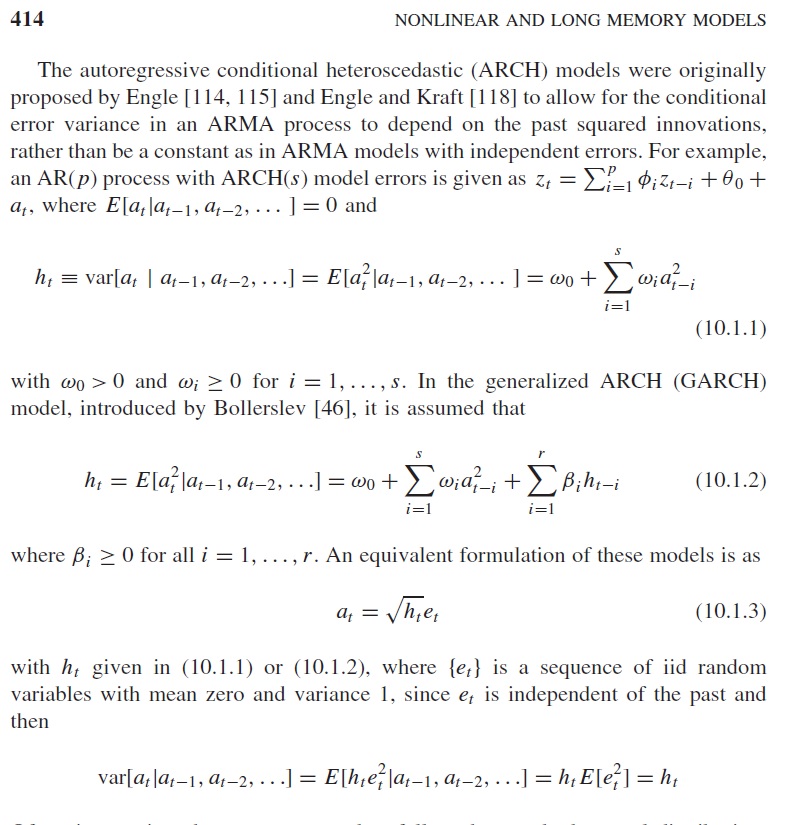In an ARMA-GARCH model it is the standardized residuals that should be i.i.d., non-autocorrelated and conditionally homoskedastic, and have the distribution that was assumed when forming the likelihood function of the model. That is not the raw residuals from the ARMA model $a_t$ (following the notation above) but the standardized residuals $e_t$ (as implicitly defined in the equation 10.1.3).
It seems you may be using "fGarch" package in R. Then @residuals will yield $a_t$ as the "fGarch" package pdf says on p. 13: "a numeric vector with the (raw, unstandardized) residual values". Then $e_t$ could indeed be obtained as Fit@residuals/[email protected]; it is $e_t$ that should be the input for tests for presence of autocorrelation, remaining ARCH effects etc.

